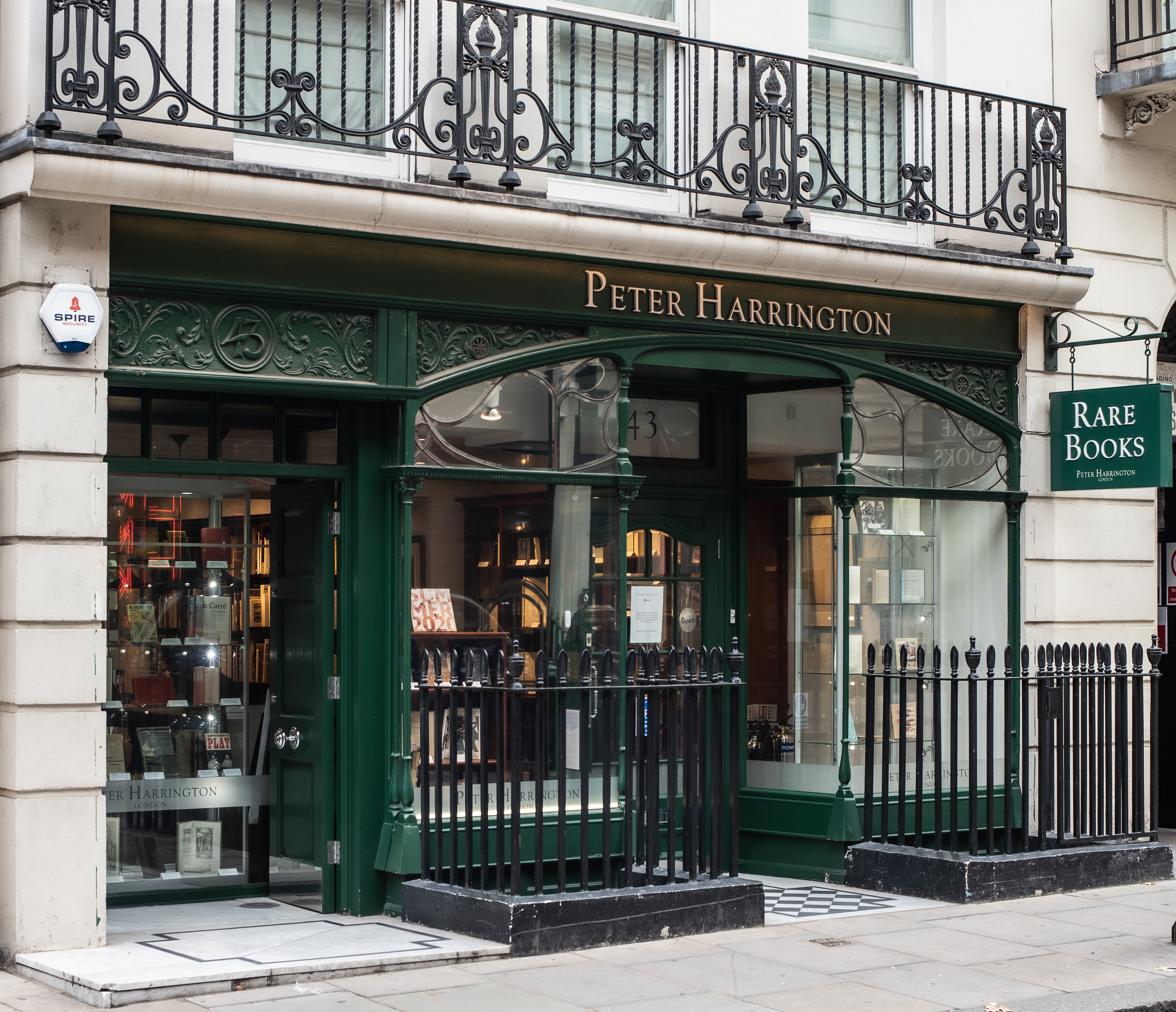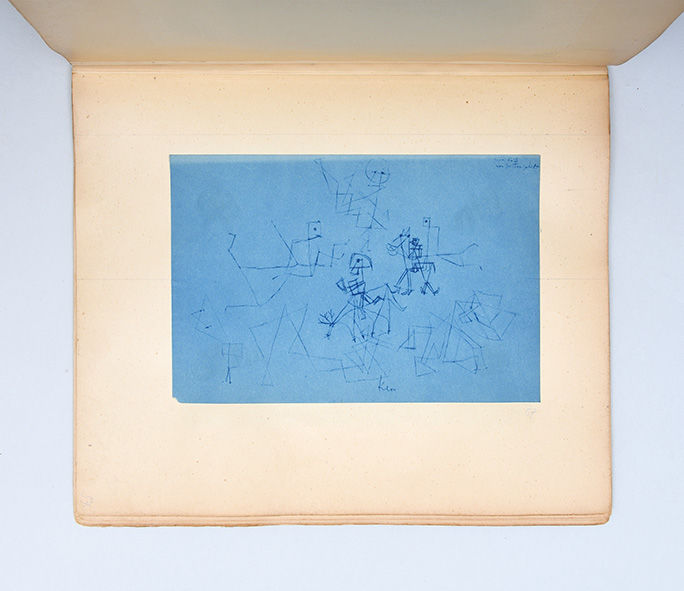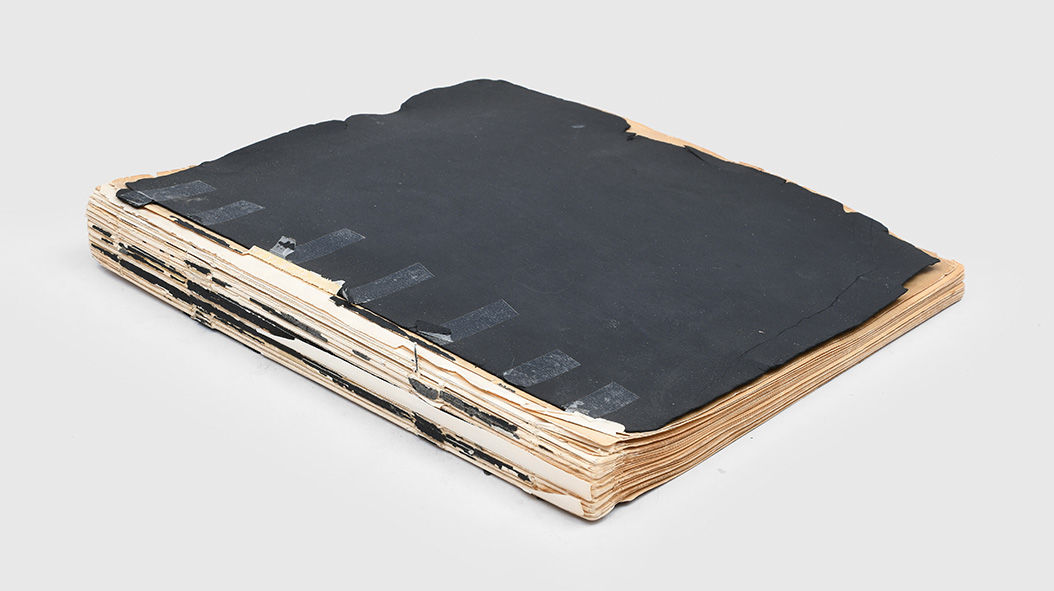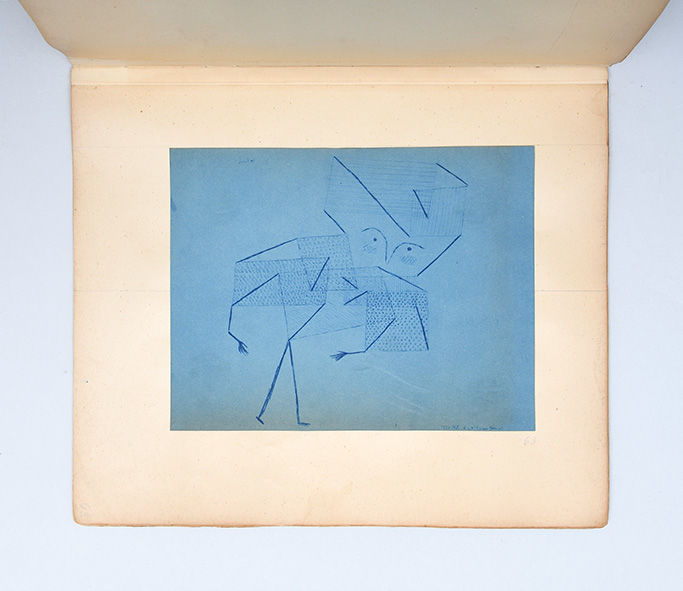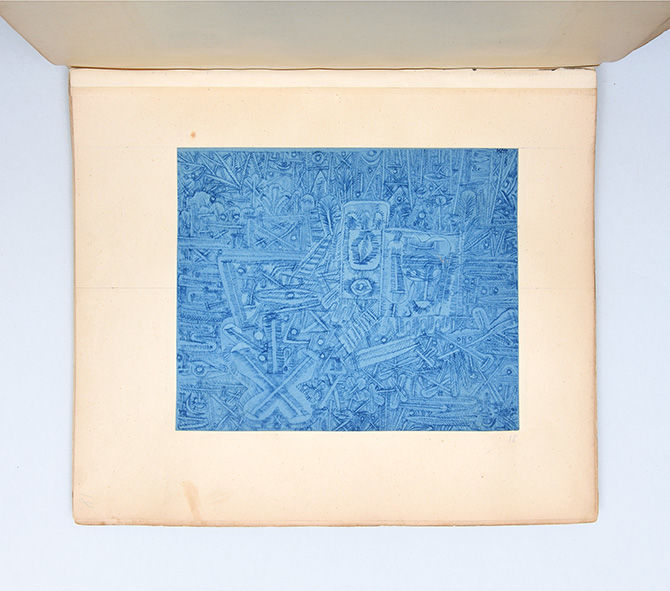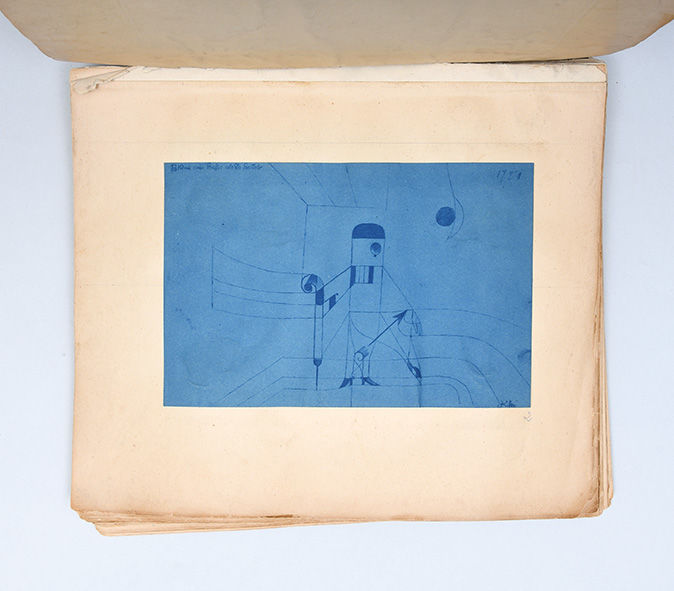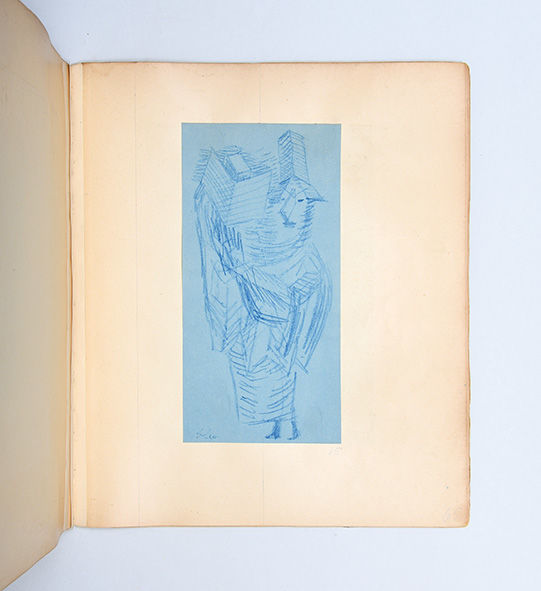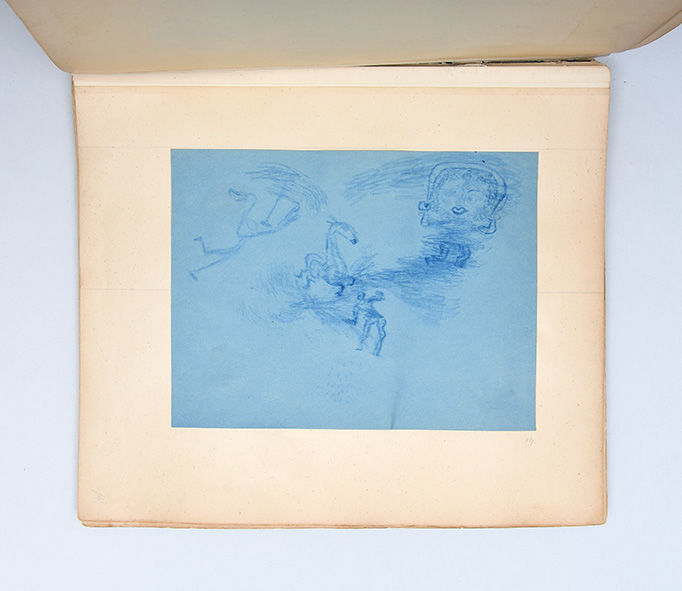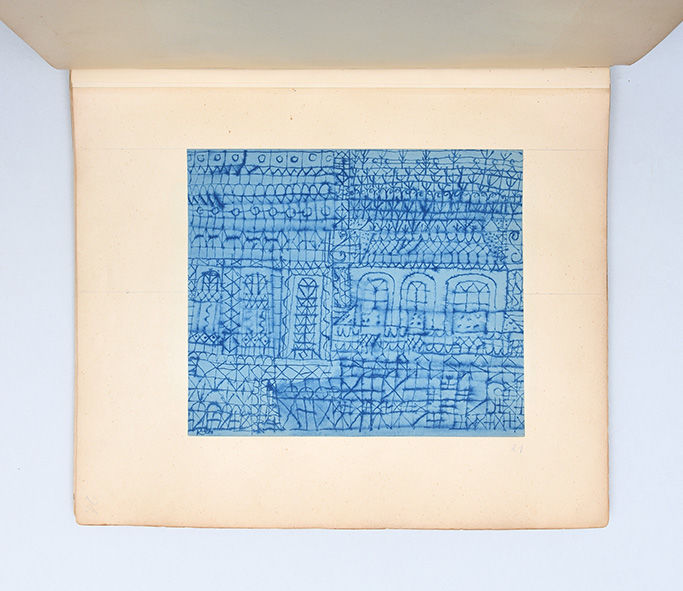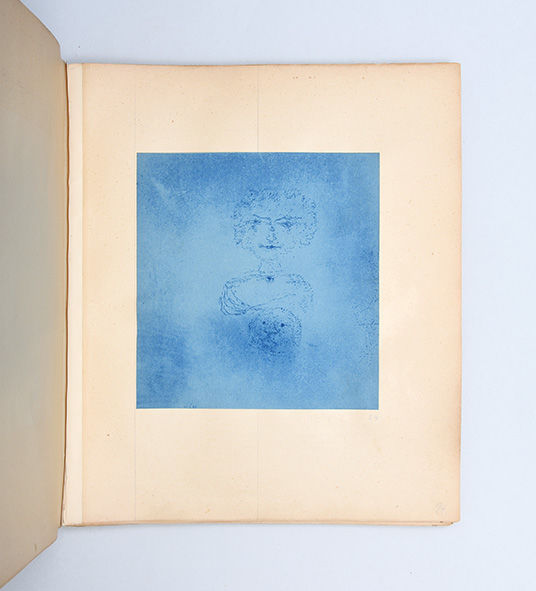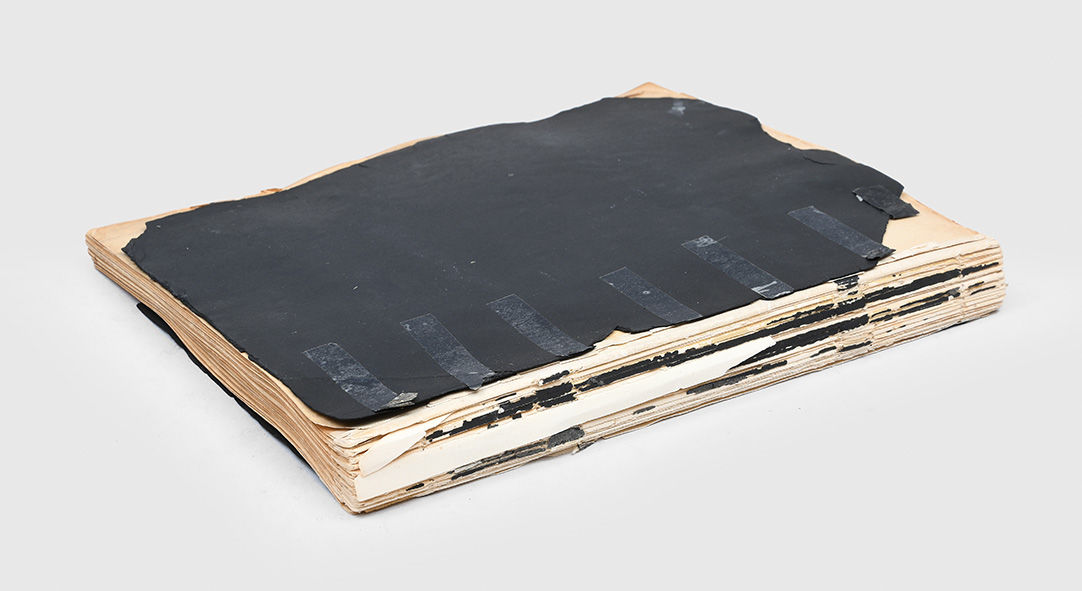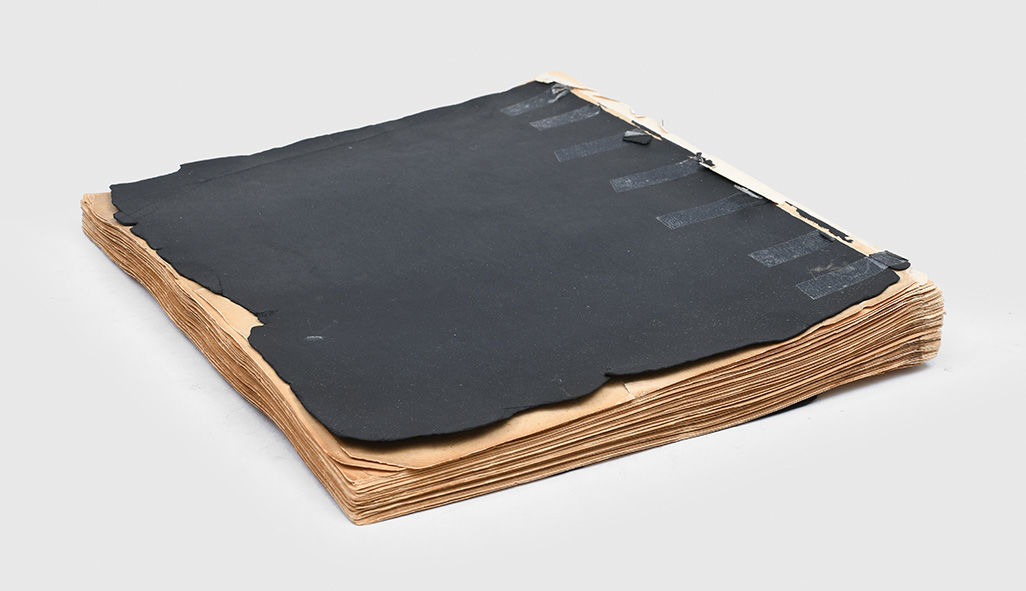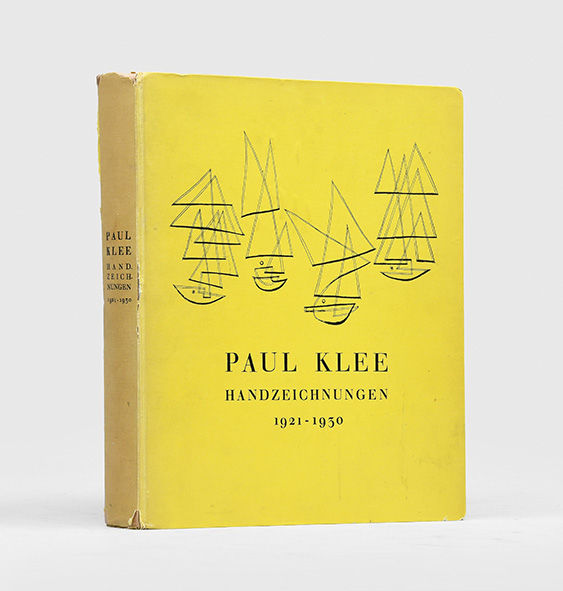Düsseldorf: , 1934. The dangerous dance of artists under Nazi rule The original maquette for the first volume of Klee's Handzeichnungen, together with a first edition of the book, number 33 of 525 copies only; most copies were confiscated by the Nazis. Both the maquette and the first edition belonged to expressionist dancers involved in the 1936 Olympics. The art critic Will Grohmann planned a three-volume catalogue raisonné of Klee's work, despite criticism from the Nazi party. In 1933, Klee was forced by the party to leave his teaching position in Düsseldorf and fled to Switzerland. The first of the three volumes was published in October 1934; by the spring of 1935 the remainder of the edition was confiscated by Nazi officials and Grohmann was forced to place the publication of the other two volumes on hold. In 1937, Klee's works were displayed in the Nazi exhibition of "degenerate art". The first edition has the ownership inscription of the dancer and choreographer Mary Wigman and has a presentation inscription to her, possibly in Grohmann's hand: "Mary Wigman, im alter treu is freindschaft, [loyal friendship in old age], 13 Nov. 1934". Wigman was a pioneering expressionist dancer and choreographer and was one of the most iconic figures of Weimar Germany. She was complicit with the Nazi regime and accepted a commission to choreograph for the 1936 Berlin Olympics. While she was privately sympathetic to Jewish students at her school in Dresden, she did not disobey orders to remove Jewish dancers from her company. The maquette was given to the dancer Mathilde Thiele (b.1907), who had typed the introduction for Grohmann. Thiele studied under Gret Palucca, taught the esteemed choreographer Dore Hoyer, and went on to teach at Mary Wigman's school in the 1960s. When Palucca was summoned to dance for Hitler at the 1936 Olympics, Thiele accompanied her as rehearsal director. Thiele recalled the dinner they shared with Hitler: "[He] was a dangerous tyrant, and Palucca was Jewish. Had he known, he would have had her killed. Can you just imagine Hitler honouring a Jew at the Olympiad? After dinner, Palucca and I were so relieved we drank a whole bottle of wine in our room. We considered that Herr Goering might help Palucca escape if needed. We had word that he helped artists (even Jews) through an underground operation, despite his close relationship to Hitler" (Fraleigh). Maquette: Quarto. Original hand-bound black card covers (28.1 x 24.2 cm). With 69 cyanotypes of different sizes mounted on card after original drawings by Klee. Book: Quarto. Original yellow boards, spine and front cover lettered in black, illustration after Klee on front cover in black. With 72 full-page illustrations after original drawings printed on heavy card with perforation to the inner margin. Maqutte: covers and most pages disbound with small loss to corners and edges, lacking pages 16, 26, and 27. Book: small loss to joints of spine, otherwise clean and bright, a very good copy. Grohmann 2226 & others. Sondra Fraleigh, "Mathilde Thiele, A Life in Dance and War", 2021.

